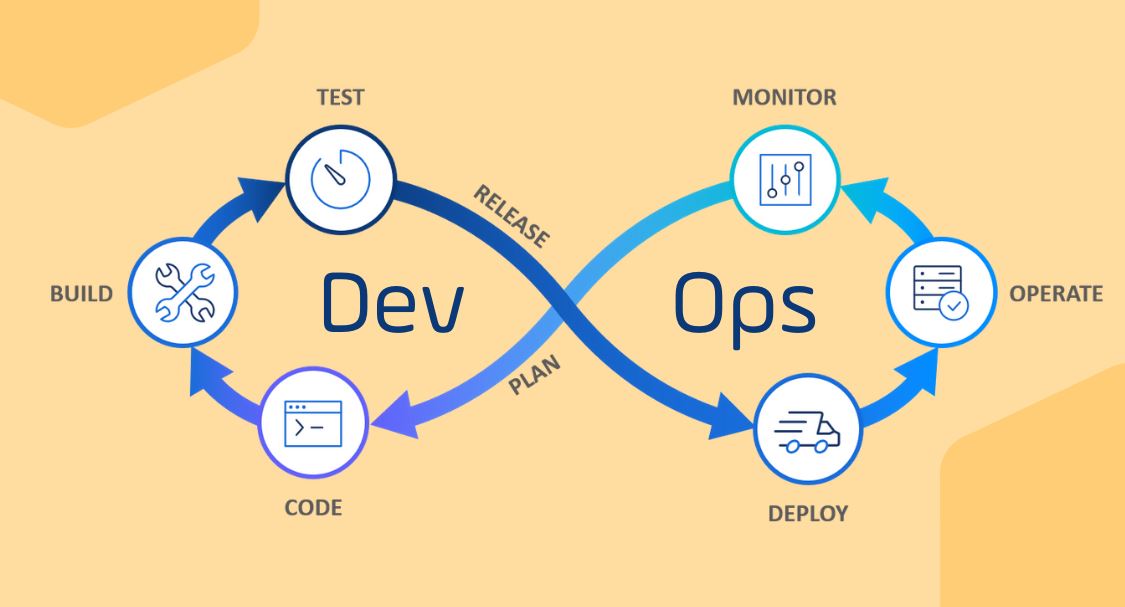
In a DevOps world, seamless software deployment is key. In this article, we’ll discuss what that means and how to achieve it. We’ll also explore the benefits of using a DevOps approach to software distribution, as well as some tips for getting started with DevOps in your own organization.
What Is Software Distribution?
Software distribution is the process of making software available to users. This can be done in a number of ways, including through websites, app stores, and private networks. In a DevOps world, seamless software deployment means that software can be deployed quickly and easily, without any downtime or errors.
How Does DevOps Work in Software Deployment?
In a DevOps world, software deployment is automated. That means that there’s no need for manual intervention when new code is pushed to production.
This can be done through a number of different tools, including continuous integration (CI) and continuous delivery (CD).
With CI/CD in place, new code is automatically built, tested, and deployed to production. An automatic process like this means that deployments can happen much more frequently, and with less risk.
What Is Continuous Integration?
Continuous integration is the process of automatically building and testing code whenever it’s pushed to a central repository. This allows for early detection of errors and ensures that code changes don’t break the build.
There are a number of different CI tools available, including Jenkins, Travis CI, and CircleCI.
What Is Continuous Delivery?
Continuous delivery, on the other hand, is the process of automatically deploying code to production. A process like this can be done manually or through an automated system.
With continuous delivery, code changes are automatically deployed to production as soon as they’re ready. This means that there’s always a working version of the software available, and that deployments can happen much more frequently.
Benefits of Using a DevOps Approach to Software Distribution
There are several benefits to using a DevOps approach to software distribution. First, it allows for more frequent releases of new features and bug fixes. This is because the process is automated and does not require manual intervention.
Second, it reduces the risk of errors and downtime. Since there are fewer manual steps involved in the process and deployments can be rolled back if there are problems, there is less chance of something going wrong.
Finally, DevOps approaches to software distribution can help to speed up the overall development process. By automating deployments, developers can focus on other tasks, such as coding new features or fixing bugs.
Getting Started With DevOps in Your Organization
If you’re interested in using a DevOps approach to software distribution in your organization, there are a few things you need to do to get started. From choosing the right tools to monitoring your deployments, here’s how you can get started with DevOps in your organization.
Choose the Right Tools
First, you need to choose the right tools. There are many options available, so it’s important to select the ones that best fit your needs. Some popular DevOps tools include Puppet, Chef, and Ansible.
Set up a Continuous Integration/Continuous Delivery Pipeline
Once you’ve chosen the right tools, you need to set up a continuous integration/continuous delivery (CI/CD) pipeline. This is the process that will be used to automatically build, test, and deploy your software.
We have many different ways to set up a CI/CD pipeline, so it’s important to choose the one that best fits your workflow. Once you’ve set up your pipeline, you can start automating your deployments.
Monitor Your Deployments
Finally, you need to monitor your deployments. The monitoring process includes tracking errors and monitoring performance. By doing this, you can quickly fix any problems that occur during deployment.
Monitoring your deployments is an important part of using a DevOps approach to software distribution. This also helps you identify any potential security threats during the development process, which can help you grow your organization rather than having to deal with a widely spread cyber attack.
Conclusion
By automating the process and monitoring your deployments, you can ensure that your software is always deployed quickly and easily. This helps to speed up the overall development process and reduces the risk of errors.
If you’re interested in using a DevOps approach to software distribution, start by choosing the right tools and setting up a continuous integration/continuous delivery pipeline. Then, monitor your deployments to ensure that they are always deployed seamlessly.
What are your thoughts on using a DevOps approach to software distribution? Let us know in the comments below.



